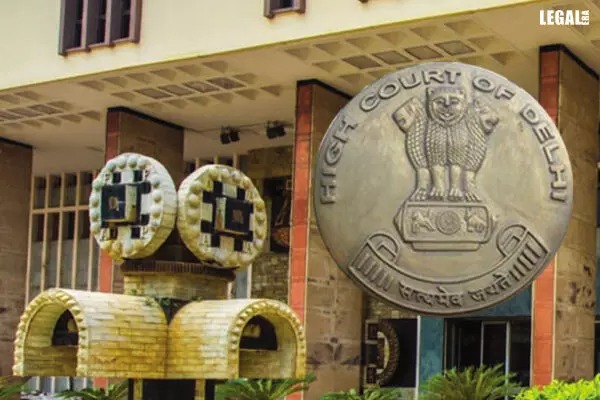N.G. Chaudhuri, J.@mdashIn this appeal under the Employees'' State Insurance Act, 1948 (hereinafter referred to as the Act) a question of law awaits our consideration. The question is. Do the three establishments of the respondent firm located in closely situate but three different Municipal premises, namely, 1, 2, and 21 Synagegue Street, Calcutta, constitute a "factory" for the purpose of Section 2(12) of the Act? The respondent firm is a partnership firm and under the name and style the Bengal Printing Works runs three establishments located in three different Municipal premises. From the inspection report admitted in evidence without objection or challenge it transpires that the firm is engaged in the work of printing with the aid of electricity. The machine sections are housed in two rooms in premises No. 1 and in one room in premises No. 2 that is to say in the buildings opposite each other on the two sides of the road Synagegue Street, and the composing section is housed in premises No. 21 of the said read. In none of the premises taken separately number of employees engaged exceeded 20, but the aggregate number of employees engaged in the aforesaid three premises admittedly exceeded 20. In its application u/s 75 (1) (g) of the Act, the respondent firm contended that the establishments not being situate within a common boundary did not come within the definition ''factory'' as defined in section 2 (12) of the Act. The respondent firm accordingly prayed for a declaration to the above effect, injunction restraining the appellant from taking proceedings under the Act and also for refund of contributions already realised. The Employees Insurance Court framed an issue on lines indicated at the outset, answered the same in favour of the respondent firm and granted the reliefs prayed for. So the Employees State Insurance Corporation has come up in appeal.
2. Mr. Debesh Mukherjee, the learned advocate for the appellant vehemently challenges the findings of the Employees'' State Insurance Court and argues that bearing in mind the unity of purpose of the three establishments, use of power in two of the units, close situation of the three units and total number of employees engaged in them, the Court should have answered the issue in the affirmative. No one, however, appears on behalf of the respondent.
3. The records reveal that the respondent firm carries on manufacturing process in the shape of printing and actually the printing works with machines is carried on in two premises earlier mentioned and in the third premises the preliminary work of composing is done manually. The three premises are not only closely located but also ultimately connected with the identical manufacturing process carried on by the respondent firm. The Act is a beneficial legislation intended to confer various benefits on employees and as such should be so construed that the employees get the intended benefit The Act applies to factories which have been defined in section 2(12) of the Act. According to the aforesaid clause ''factory'' means "any premise including the presents thereof whereon twenty or more persons are employed or were employed for wages on any day of the preceding twelve months and in any part of which a manufacturing process is being carried on with the aid of power or is ordinarily carried on but does not include......"
4. The definition does not indicate that the factory will have to be located within a single municipal premises or building. It lays emphasise on the use of power for the manufacturing process carried on in any part of any premises and number of employees engaged in the process of manufacture. In the case of
5. Accordingly the appeal succeeds and is allowed.
6. The judgment and order appealed against be set aside.
7. The application of the respondent be dismissed. The reliefs granted to the respondent firm by the court below be denied. No order is made as to costs.
Mookerjee, J.
I agree.

